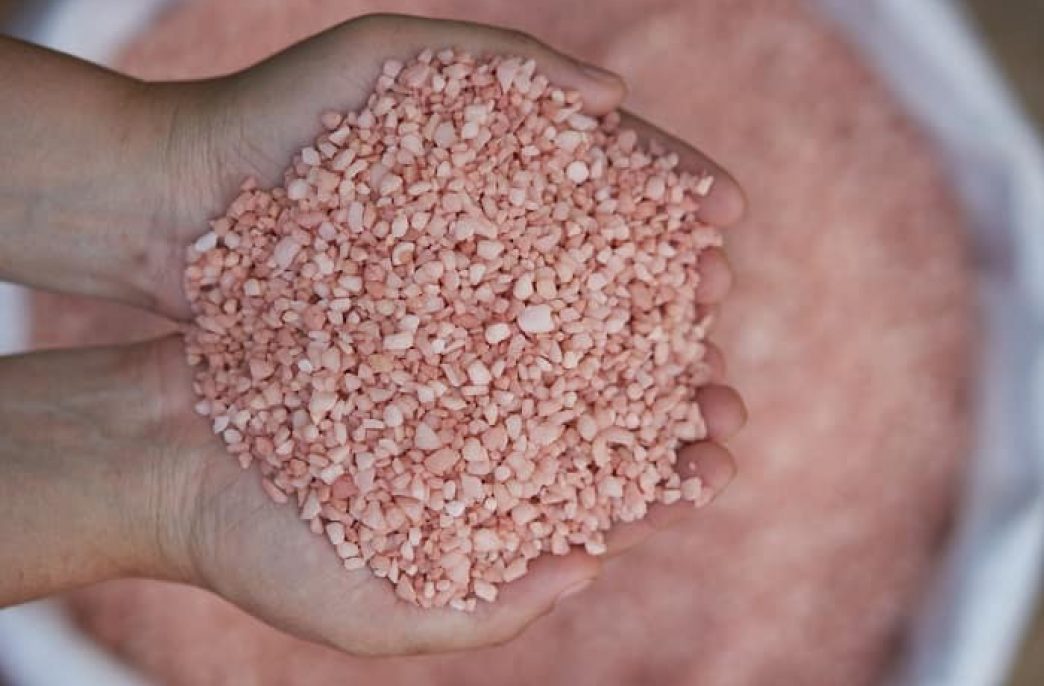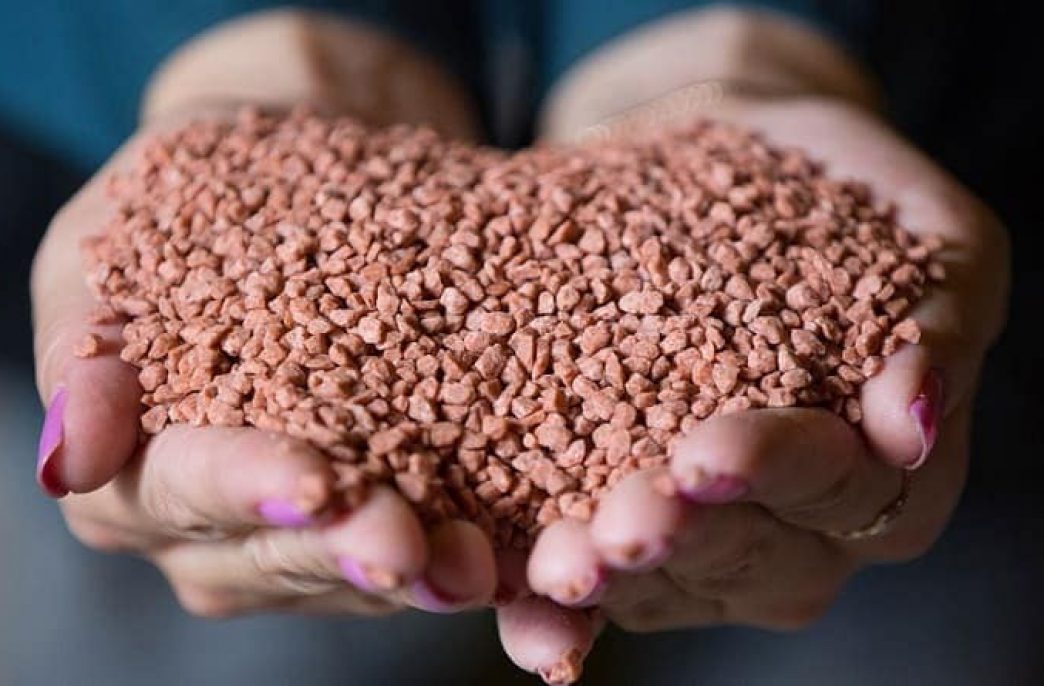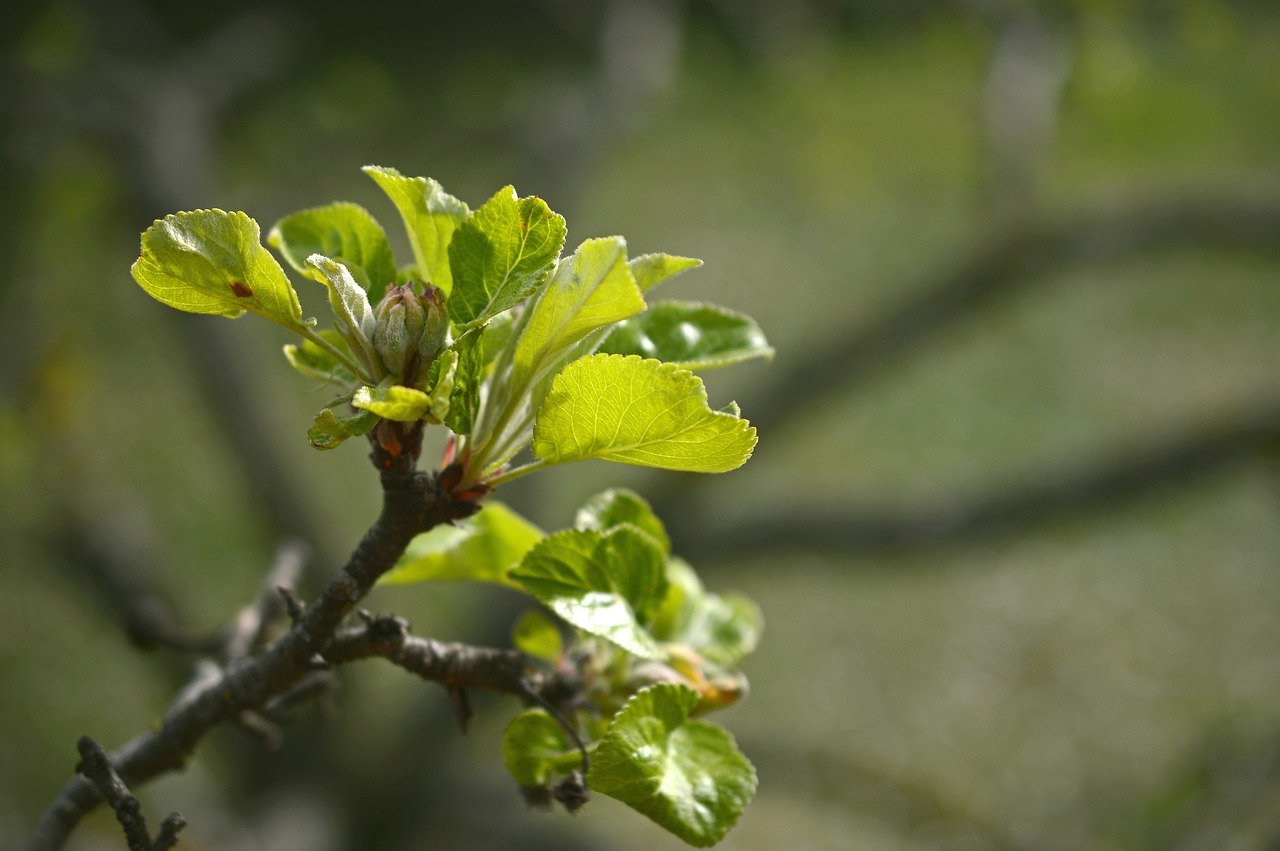Potassium chloride application

The main purpose of potassium chloride is mineral fertilizer for agricultural crops as an independent feeding or as part of complex preparations.
Given its fast and good solubility, the element is suitable for soils of any structure. The benefits of potassium chloride for plants cannot be underestimated:
stimulates the development of immunity in agricultural crops to temperature extremes and frosts, viruses and pests;
improves the development of the root system, which provides the required amount of nutrition and moisture in the aboveground part;
rejuvenates plants, stimulates the growth of young shoots and greenery;
increases productivity and improves taste;
increases the shelf life of fruits and vegetables.
Top dressing begins in early spring and ends in mid-autumn. By winter, this is not necessary, with the exception of clay and loamy soils in the garden. The solution is watered with tree trunks if a substance deficiency is diagnosed. In May, they are introduced into the soil, dug up to increase fertility and lighten the composition of the soil. Perennial plants strengthen immunity before wintering, and in summer they use leaf and root dressing in combination with other compounds.
When to fertilize plants with potassium chloride

The need to use potassium chloride in agriculture is dictated by its deficiency in soils. Uncontrolled use of fertilizers is discouraged. It is necessary to apply top dressing if, during active growth, in the middle of flowering and in the middle of the growing season, signs of deficiency are revealed:
leaves are dull, with a bluish-bronze tint;
brown spots appear on greenery;
the border of the sheet is as if burnt at the edges – it turns white and dries up, curls;
shoots and stems become thinner, feeding movement is disturbed;
color is lost or absent;
cultures are susceptible to infections;
the bush grows root, lateral shoots, stepchildren.
The oversaturation of the soil with an element is established by a number of signs: the culture is developing incompletely, and sometimes the growth stops altogether. Old leaves darken, the young grow smaller. The tips of the roots begin to die off. An excess of the substance will reduce the consumption of boron, magnesium and calcium by plants. As a result, culture dies.




